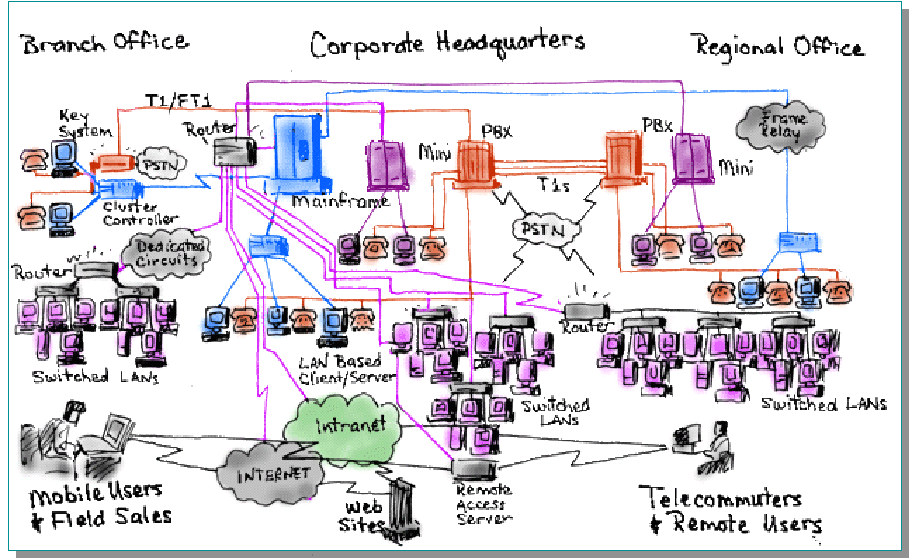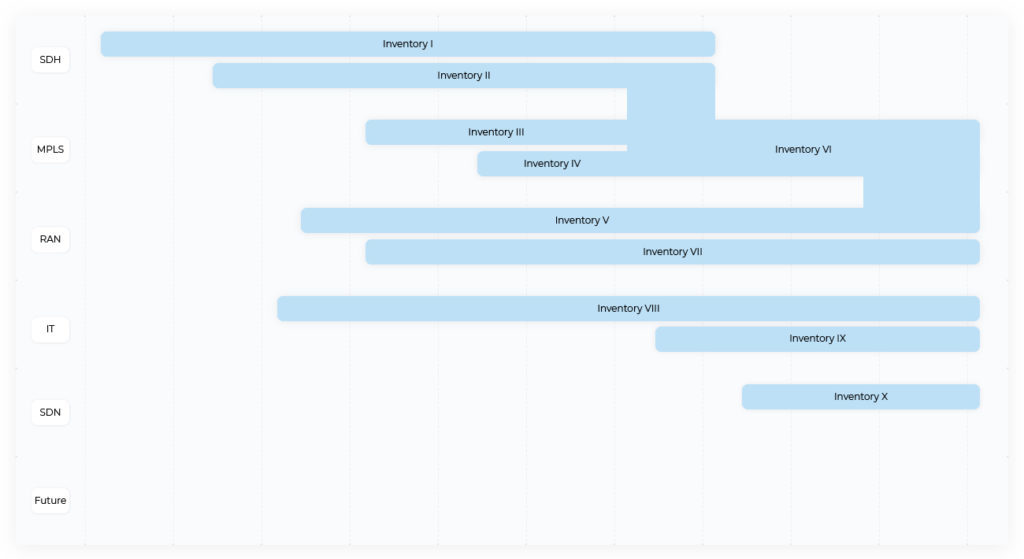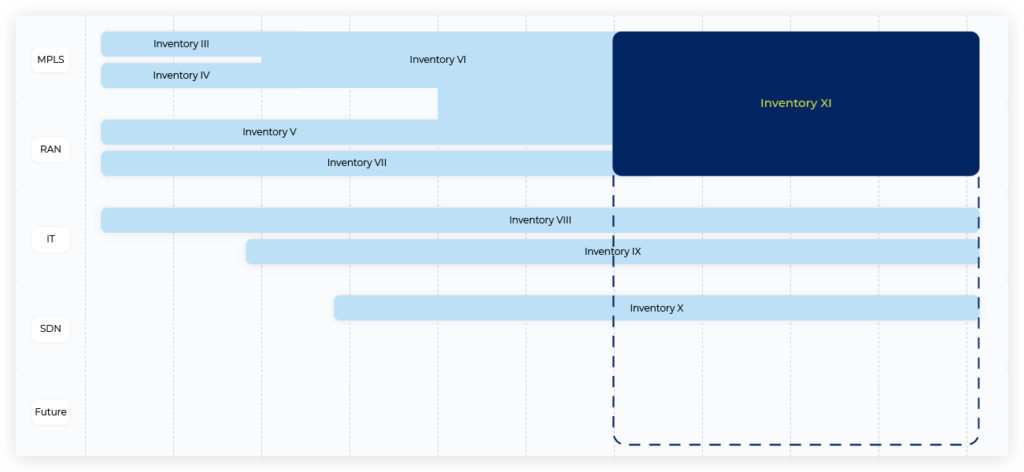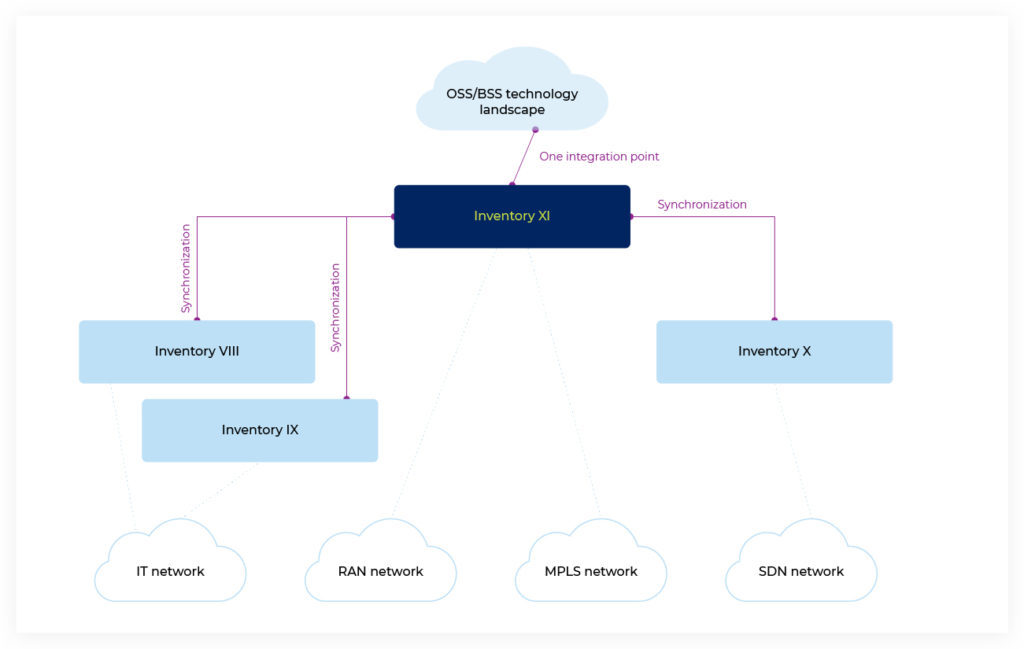For more than a decade, telecom operators are operating in an increasingly complex environment where both technology landscape and customer behavior is changing very rapidly. Emergence of new technologies like software defined networks (SDN), network function virtualization (NFV), Internet of Things (IoT), and 5G are pushing telecom operators to invest in new systems and platforms with a goal of offering new high-tech services to customers.
On the other side, over the top (OTT) Internet and device players are changing customer consumption patterns and adding additional pressure to a telecom operator’s business models.
In order to counteract these threats, telecom operators have put in place different strategies like moving into adjacent businesses such as financial services, IT services, media, or utilities in search of new opportunities. Most of the telecom operators have also started big or small digital transformation projects with the aim of offering better services and reacting faster to changes in the market.
What digital transformation goals do telecom operators aspire to?
Through these digital transformation projects, telecom operators are planning to digitalize and optimize internal and external business process and achieve enhanced operational excellence. Some of the digital transformation goals are to:
- Engage with customers through omni or opti channels
- Offer digitalized service care using chatbots and self-service portals
- Digitalize and robotize business processes
- Use collected data and analytics to make better and optimized decisions
- Streamline application landscape and standardize the ICT infrastructure.
Starting a digital transformation project is one thing, but finishing it successfully is a completely different story. McKinsey estimates that telecom operators could improve their profits by as much as 35 percent through digital transformation projects, yet the average improvement achieved is just 9 percent. This was our experience with starting a digital transformation project for one of our customers.
Reasons why digital transformation projects fail can vary, from employee resistance, the wrong selection of technologies, overly optimistic goals and so on. Telecom operators are evolving over time and adding new network devices, systems and platforms to their landscape and usually this ends up in a spaghetti-like architecture.

New platforms or systems are added into silos and are not integrated or are very loosely integrated with the rest of the systems. When a digital transformation project comes along then most telecom operators will face the problem of having to “integrate” all these silos and digitalize most or all of the business processes.
There are several solutions to this problem:
- Rip and replace approach where one or more existing systems will be replaced with a new up-to-date system that can support digital transformation goals. This approach is often first proposed but not many of such projects succeed. In most cases, telecom operators get yet another silo in their spaghetti architecture
- Invest in a major integration project where a data integration hub like enterprise service bus or API proxy is implemented. In small telecom operators it could work but only if the right integration partner is chosen and a detailed requirements gathering is performed. In larger telecom operators, this type of project could run for years and would not help with digital transformation goals
- Aggregate and replace some systems and keep others where certain existing systems can be replaced with a new and up-to-date system, while other systems are left as is. Part of this approach is also the integration of old and new systems to support the digital transformation
- Federated systems as a combination of the above-mentioned approaches where a telecom operator can replace certain systems, keep other systems and implement a new system that will function as a certain point of integration/interaction with a similar group of systems.
Federated architecture is a well known principle in business and enterprise architecture that allows interoperability and information sharing between semi-autonomous de-centrally organized systems or applications. Data federation is not a new concept and it has been used in business intelligence applications to pull data from disparate sources into common views for reporting and analysis.
In a telecom operator landscape, federated architecture can be applied in many domains, but is most widely used in network resource inventory and product / service catalogs.
The lack of quality data affects the decision-making process
Many telecom operators have installed and used (or are still using) different network resource inventories depending on network technology and market changes.
For example, let’s take a look how network resource inventory solutions have been used over time in one telecom operator.

We can see that the telecom operator has used up to ten different network resource solutions and it is currently using five of them. At some point, the telecom operator tried to consolidate network resource inventory solutions but probably failed.
Having five different network resource inventory solutions in use has a big impact on daily operational activities and management strategic decisions.
The telecom operator offers different service bundles to the customer and keeping track of all of the used resources is quite hard in this network resource inventory landscape. Different triple or quad play service will be using resources from different network resource inventory solutions and to keep track of all of this is hard work. It’s true that usually part of the service fulfillment process is automated so the telecom operator can relay that part of the stored information, but if manual activities are required to fulfill the service and reserve / assign resources then data quality is not high.
Similar, getting a list of total resources in the network is quite hard. Usually by sending emails to different departments and waiting for excel spreadsheets. This is a long process and since the data quality of certain network resource inventory solutions is not high, retrieved results can not be used to make (good) strategic decisions.
From a system integration point of view, five different network resource inventory solutions require integration with other OSS / BSS systems and this requires additional effort and cost from different OSS and BSS vendors and complicates the whole technology landscape.
A digital transformation project based on data federation concepts can be applied to this telecom operator to enhance daily operational activities and improve strategic decisions. The goal is to
- Implement a new network resource inventory solution
- Migrate data from some of the existing network resource network inventory solutions
- Implement the data federation concept above with other network resource inventory solutions.

Only three remaining network resource inventory solutions (used by IT and SDN domains) are integrated with new network resource inventory and this new network resource inventory solution is integrated with the rest of the technology landscape. This reduces the number of required integration points and reduces support costs.
Data federation is applied here so that the new network resource inventory solution (XI) is “aware” of IT and SDN network resource inventory solutions and is synchronized with them. IT and SDN department employees can still use their existing network resource inventory solutions but stored data is synchronized with the new network resource inventory solution.

The proposed approach is also future proof and enables either the introduction of a new network resource inventory solution or the implementation in one of existing network resource inventory solutions.
Inceptum is a partner with the German company FNT Software that is a leading provider of integrated software solutions for IT management, data center infrastructure management and telecommunication infrastructure management worldwide. FNT Command is a modular, standardized software product for infrastructure management based on a coherent data model and a single database. FNT Command supports all tasks involved in managing and planning IT, telecommunications, and network infrastructure.
In the above mentioned example, Inceptum would use FNT Command as a new network resource inventory solution and migrate RAN and MPLS network related resource information to FNT Command. Using FNT integration logic, we would implement synchronization between FNT Command and existing IT and SDN network resource inventories to achieve data federation.
Using this approach, we would implement a single integration point between FNT Command and other OSS / BSS solutions based on best practices and industry standards (like TM Forum Open API). Other OSS / BSS solutions and implemented business processes will be using network resource inventory data stored in FNT Command and will not be “aware” of other network resource inventory solutions.
Applying data federation to product or service catalog
The TM Forum catalog driven order management concept requires the implementation of a product and service catalog to store product and service definitions and descriptions. Again, throughout the telecom operator’s life and evolution many different product and service catalog solutions are installed, depending on the evolution of market trends and customer needs. Usually, a telecom operator has one product catalog covering mobile and maybe fixed network services, another covering IT services and is not trying to figure out where to put new services based on SDN.
Data federation can be applied here by implementing a new central product catalog that will be synchronized with existing product catalogs and enable one integration point for other OSS / BSS solutions and implemented business processes.
Inceptum would implement FNT ServicePlanet as a central product catalog. FNT ServicePlanet provides a foundation for defining, managing, and monitoring business services and service assets over the entire service lifecycle.
Product development managers would be still using their existing product catalog solutions, but stored data would be synchronized with FNT ServicePlanet. Product lifecycle management would be handled by existing product catalog solutions. Another option would be to implement central product lifecycle management in FNT ServicePlanet.

